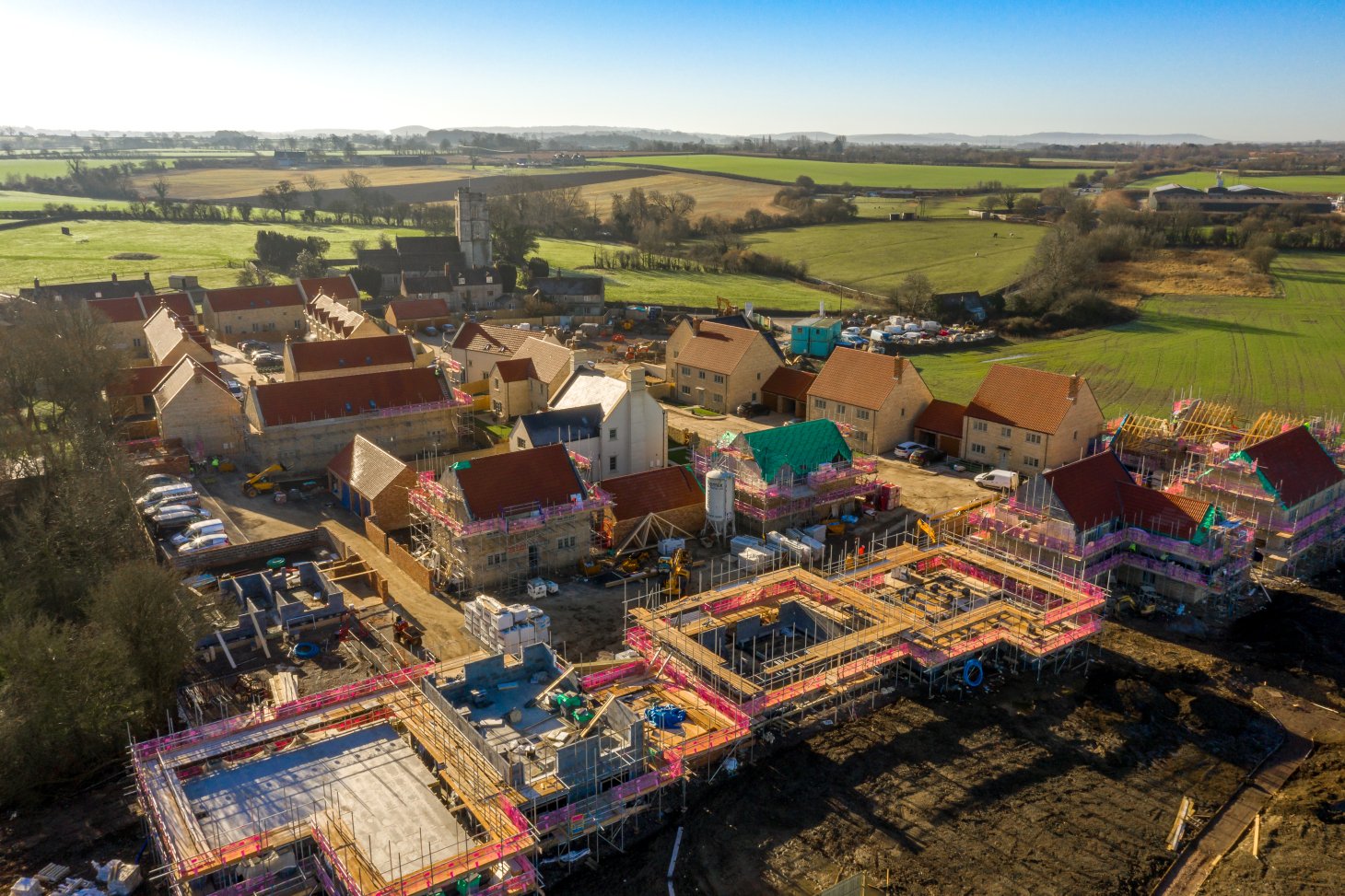
The recent Building Futures Event saw MHCLG representatives give an idea of what to expect in changes to Building Regulations. It’s certainly ambitious.
The Government response to last year’s consultation around the revision to Part L and Part F of the Building Regulations for new houses was published in February this year.
Alongside this we saw the consultation of guidance on overheating in all buildings, Part L and F and non-domestic buildings and further aspects related to domestic, particularly around existing homes.
We won’t see the collected responses or know for sure what the government intends to implement until the finished regulations are published later this year. So, we ask: zero carbon homes, do we mean it this time?
Well, the immediate answer appears to be yes, we certainly do. The recent Building Alliance Futures Group Event, chaired by H+H External Affairs Director Cliff Fudge, gives us some useful insight. Here are some indications of what we should expect.
The industry was initially given two options around the level and speed of uplift in building fabrics. It has now been confirmed that the government will be pursuing option 2, their preferred option.
This will entail a reduction of CO2 emissions by 31% in future new builds, with a focus on uplift in building fabric, specifically walls, windows and floors, as well as implementing solar PV on roofs and a wastewater heat recovery system.
However, we also start to see the introduction of ground and air source heat pumps as an alternative to conventional gas boilers to achieve compliance.
In order to pass Part L regulations, performance targets relating to the following issues must be met: primary energy, minimum fabric & building services standards, CO2 emissions and fabric energy efficiency standards (FEES). FEES has been reintroduced as an alternative to the ‘affordability measure’ that was given in the original consultation.
The standard for FEES is currently being consulted on, with the government’s preferred option setting FEES at the level of the fabric specification for the notional building in Part L 2021.
The reference construction used in the external walls is a U-Value of 0.18W/m2K. All H+H Celcon blocks are used in wall constructions that will meet this standard, we have a range of options that can achieve the base requirement with 100 to 150mm cavities.
There is also some flexibility that can be achieved with our thermal bridging construction details allowing for some relaxation in the U Values for the external wall or other parts of the fabric. Our solutions also offer the ‘zero’ heat loss from party walls and the benefits of ground heat losses using our foundation blocks.
This may prove particularly useful on a regional basis, as the government has also allowed local authorities to enforce local regulations more stringent than the national standard – an ability the government initially intended to revoke.
Remaining on the topic of Part L, all new dwellings must be airtightness tested, meaning no more sample testing. There will also be a new alternative method for airtightness testing, which is the so called ‘pulse test’.